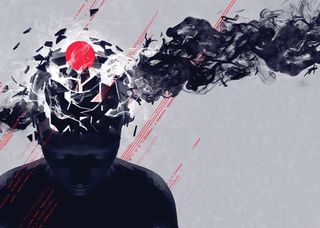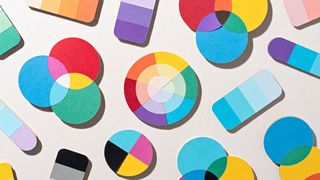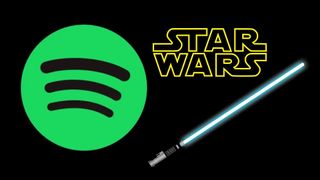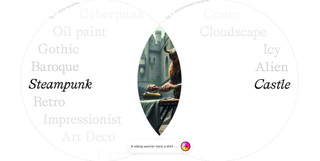Why UX is not about design
User experience doesn't start with design, but informs it, explains Patrizia Bertini of Wipro Digital.

Often when the concept of user experience (UX) is discussed, a common misconception is expressed.
It is often thought that user experience is a fancy synonym for design. This is not the case. User experience doesn't start with design, but with the knowledge that informs the design process. Before someone is a user of a product they are an individual, and it's this prior active engagement of the user that is key to imagining and designing a product that will fit their needs and deliver an experience that meets or exceeds expectations.
The focus of UX is on users' experience, how they feel when using and interacting with a service or product, and about how that service or product fits within their lives, influences behaviour and changes expectations.
What is user experience?
Experience itself is defined as 'knowledge gained by repeated trials' and UX is what we learn from observing, testing and interacting with users. Active engagement of the user is a necessity in the process of defining, imagining, ideating and designing a product or service that will answer an unmet opportunity. The user is the core element that informs and determines strategy, intent and execution of a plan that eventually comes to life in a product or service.
Good UX incorporates a deep and thorough understanding, an in-depth view of exactly who users are. This involves their behaviours, attitudes, expectations, latent needs and mental models.
In short, it requires research through product testing, hands-on experiences, focus groups, ethnographic studies, and data analysis. A successful UX project starts and ends with research and is characterised by a genuine and on-going interaction with people.
Why UX is not design

Design is a product or service oriented approach that may remain a fascinating and intellectual exercise.
An example of this unique way of thinking is Bruno Munari, one of the most original and innovative Italian designers, and the creator of some amazing design experiments. Talking forks and the Useless machines, for instance, are exquisite examples of pure design, where the designer plays with forms and shapes to reinvent the object.
However, UX is not about the form. It's not even only about the function the object performs, but about the interaction between object and user, and the experience delivered.
Means to an end

Saying this, the contrast between design and user experience doesn't stop there. In UX the product or service is a means to an end, a functional, seamless form that performs an action and improves people's lives.
In the long debate between form and function in design, UX actually goes a step further because its aim is to hide function in form, and form in an interaction delighting the user.
It's evident that user experience is what we could call a more human to human approach; it's about understanding, anticipating and providing solutions that, through invisible and subtle interactions, seamlessly integrate with the user's world of social and practical needs.
Little details
This can be achieved only by meeting the user and gaining this understanding, it takes those involved to engage, observe, discuss and challenge.
The rise of qualitative research methods, such as ethnographic studies, demonstrates that UX is not just design but a wide, encompassing strategy focused on little details that make the difference.
While perhaps invisible, these details, if captured, can give birth to game-changing products and services.
Words: Patrizia Bertini
European Director of Research and Insight at Wipro Digital, Patrizia Bertini combines 15+ years of experiences around Europe both in academia and leading research centers and as a user researcher, experience designer and UX consultant mainly for the CA, Finance, and Public sector. She can be reached at @Legoviews.
Like this? Read these!

Thank you for reading 5 articles this month* Join now for unlimited access
Enjoy your first month for just £1 / $1 / €1
*Read 5 free articles per month without a subscription

Join now for unlimited access
Try first month for just £1 / $1 / €1
Get the Creative Bloq Newsletter
Daily design news, reviews, how-tos and more, as picked by the editors.
The Creative Bloq team is made up of a group of design fans, and has changed and evolved since Creative Bloq began back in 2012. The current website team consists of eight full-time members of staff: Editor Georgia Coggan, Deputy Editor Rosie Hilder, Ecommerce Editor Beren Neale, Senior News Editor Daniel Piper, Editor, Digital Art and 3D Ian Dean, Tech Reviews Editor Erlingur Einarsson and Ecommerce Writer Beth Nicholls and Staff Writer Natalie Fear, as well as a roster of freelancers from around the world. The 3D World and ImagineFX magazine teams also pitch in, ensuring that content from 3D World and ImagineFX is represented on Creative Bloq.




